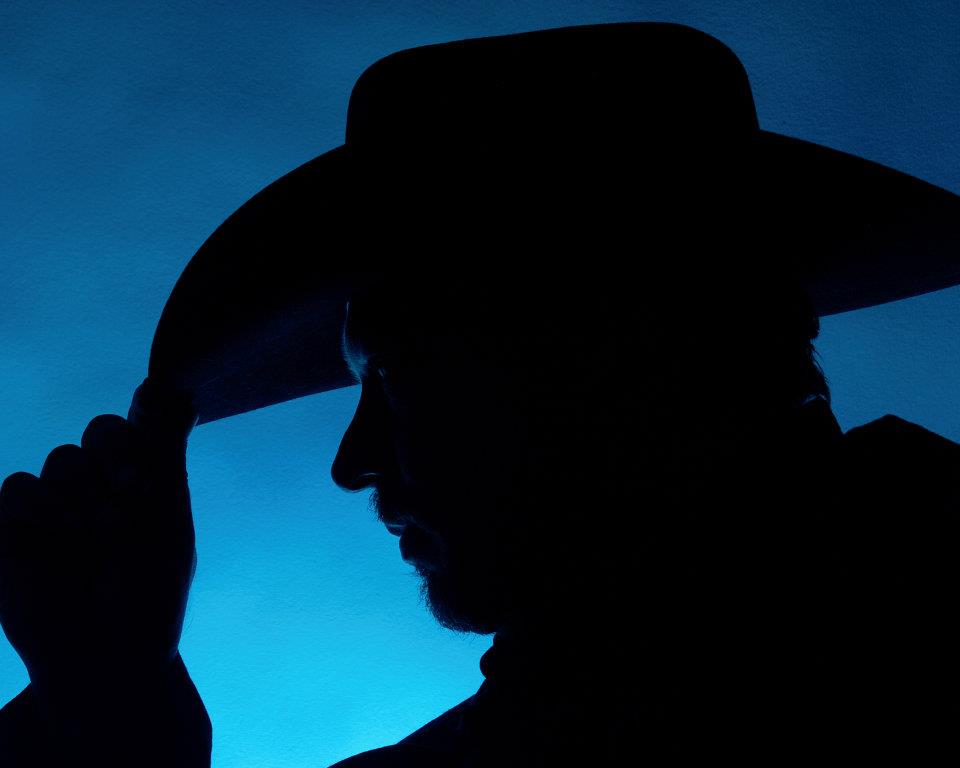Note: The following originally appeared in Matt Wall’s classic monsters fanzine. Though no longer available, you can check out Matt’s work at weirdmask.com.
When Hollywood hits on a formula that works, it’s no secret that they will repeat it ad nauseum. This was just as true in the early days of cinema as it is today. After Universal’s The Hunchback of Notre Dame (1923) was a success, they couldn’t wait to get started on another Lon Chaney feature adapting another Victor Hugo novel featuring another disfigured hero. So anxious was Carl Laemmle to get started, he announced at the 1924 exhibitor’s convention in New York that the Man of a Thousand Faces’ next role would be Gwynplaine in The Man Who Laughs. Upon returning to California, Laemmle was informed that the film rights were, in fact, not available for the story, as they were owned by a French studio, Societe Generale des Films. At Chaney’s insistence, his next feature for Universal became The Phantom of the Opera (1925). I suppose one Frenchman’s novel about a hideously deformed main character is as good as the next.
It would take a few years, but Universal would finally make The Man Who Laughs (1928), starring Conrad Veidt. These days Conrad Veidt is mostly known for rounding up “the usual suspects” and having a beautiful friendship with Humphrey Bogart in Casablanca (1942). Before that though, he was Cesare in The Cabinet of Doctor Caligari (1920) (the inspiration for Edward Scissorhand’s look), Orlac in The Hands of Orlac (1924)(Edward Orlachands?), and Erik The Great, the evil magician in The Last Performance (1929) (Edward Slightofhand?). But he was more than the Man of a Thousand Hands. He was capable of projecting effective performances even when in heavy makeup, as he demonstrated in Waxworks (1924) as Ivan the Terrible and the lead in The Head of Janus (1920), a now lost reworking of the Jekyll and Hyde story.
Unlike Chaney, though, Veidt was not a makeup artist. The task of creating Gwynplaine’s permanent smile fell to Jack Pierce. You should probably already know what he is most famous for. I’ll give you a hint. It starts with an ‘F’ and ends with an ‘N’ and the middle is ‘RANKENSTEI’ and you really should already know this.
Another key figure to mention here is Paul Leni. Leni had collaborated with Veidt before on the aforementioned Waxworks, but more importantly to Universal, had scored a hit for them with his adaptation of The Cat and the Canary (1927). One of the pioneers of German Expressionism, Leni was able to “Americanize” the form and, in the process, created a dark and intriguing style that would inform the later Universal Horror canon. In layman’s terms, it’s really cool to look at his work.
Rounding out the creative team are the stunning Mary Philbin (The Phantom of the Opera, The Last Performance) and Olga Baklanova (Tod Browning’s Freaks (1932)).
Now, if this were a review, I would start telling you a little about the plot and how great this film is. But this not a review, so if you want to know what happens, go watch it. Take my word for it though, it is a magnificent film.
The reason I am writing about it, is because some of you may have never seen it or even heard of it. A movie featuring so many great creative talents of the earliest days of horror, and it languishes in near obscurity. Why? Well, for one, it wasn’t packaged with the rest of the Universal Horror films to sell to television. In fact, it was the late 1960’s before anyone took an interest in it and 2003 before it saw a home release.
Another issue with the film is that it isn’t a proper “horror” film. It is a drama with some horrific elements (especially the first ten minutes). The same can be said of The Hunchback of Notre Dame and The Phantom of the Opera, yet, I have Universal Monster figures of Erik and Quasimodo (my litmus test for monster-ism), but not Gwynplaine. He never made the leap from melodrama to monster.
Perhaps it has something to do with the fact that Gwynplaine inspired another monster of sorts, when he served as the visual inspiration for Clown Prince of Crime, the Joker. Despite probably never seeing the movie, almost all Batman fans know that it was responsible for the look of Batman’s greatest nemesis (Incidentally, there is another clown in the film that is a dead ringer for Joaquin Phoenix’s upcoming Joker, but that’s probably a coincidence). Could it be that the Joker has so dominated pop culture that there is now no room for his predecessor in the pantheon of Monsters?
Just to wrap things up: Tim Burton made a career of borrowing from Paul Lemi and the other German Expressionists. He swiped the look of Conrad Veidt’s Cesare for Edward Scissorhands (and himself throughout most of the 90’s). And he directed the Batman movie featuring the character that Lemi and Veidt helped inspire. Coincidence, or just Gwynplaine having the last laugh?

